Safety is a core strategic priority for Hindustan Zinc and a key consideration in all our actions and decisions. It is an integral and non-negotiable part of our business. We care dedicatedly for the safety of our people, business partners and communities.
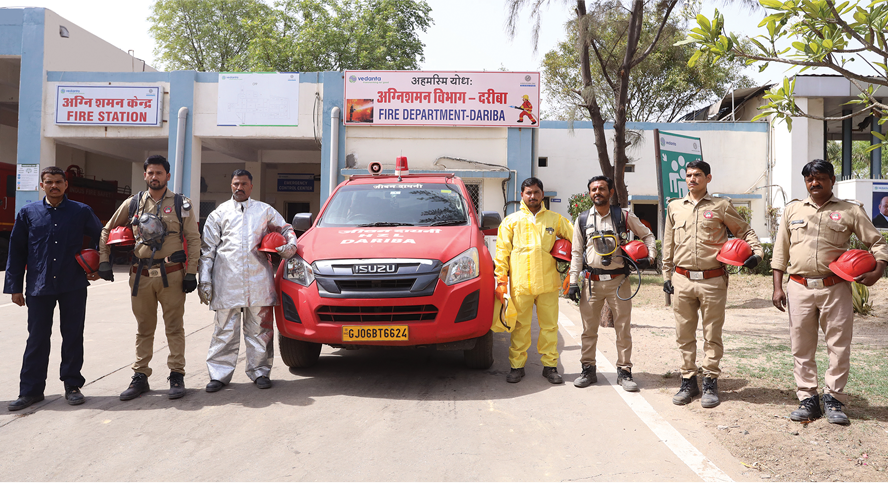
Achieving ‘Zero Harm’ to people with the belief that all workplace injuries are preventable
In line with our commitment to ensure zero harm to employees, the leadership has undertaken the prime responsibility of providing a safe workplace for all employees entering our premises.
While committed to operate a business with ‘Zero Harm’, it is with deep sadness that we report the loss of four business partner’s colleagues in work-related incidents at our managed mining operations. These incidents happened despite our constant efforts to eliminate fatalities and attain a Zero Harm work environment. A thorough investigation was conducted to identify the causes of these incidents and to share the lessons learned across Hindustan Zinc, to prevent similar incidents in the future.
We have always promoted safety as one of the most integral cogs in our value system. The Company has adopted best-in-class measures to ensure the safety of our employees. Initiated in 2013, our safety excellence journey ‘Aarohan’ is an initiative driven by the desire to protect the people we work with.
Our corporate occupational health and safety council provides the overall direction to the organisation’s Safety Management System. The council is chaired by the CEO, with the Chief HSE Officer as acting secretary and senior leaders as its members. It is assisted by ten corporate sub-committees and eight zone apex committees to carry out its primary objective of policy and standards development, resource deployment and to provide the strategic safety roadmap for the organisation. The role of the safety sub-committees is to establish various safety systems, standards, rules and procedures, besides building a positive safety culture, conduct quality investigations, provide training, introduce innovations, process safety, hygiene conditions, contractor selection and to help the organisation achieve its goal of Zero Harm.
In FY 2021-22, we set up a specialised committee to strengthen the Company’s training management framework. The Training Management Committee is mandated with drafting and maintaining the organisation’s core curriculum for induction, re-skilling, upskilling and development of its employee and contractual workforce. The committee’s key purpose is to support the Company’s efforts to achieve its goal of zero harm by developing and strengthening workers’ capabilities.
Loss of human life is an irreparable setback. At Hindustan Zinc, we have conducted detailed investigations of incidents that led to employee deaths during the year to learn and horizontally deploy the learnings across Hindustan Zinc and prevent re-occurrence. Key safety initiatives deployed to avoid fatal incidents are as follows:
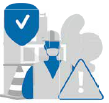
During the second wave of COVID-19, we set up an oxygen bottling plant in a record 5 days, which was commissioned to produce 500 oxygen cylinders per day, thus helping local government and hospitals in the fight against the pandemic. A new field hospital was established in Dariba, with a capacity of 100 beds, air conditioning facility and medical assistance. Apart from these efforts, the Company extended all kinds of support to the local health administration in the battle against COVID. Unfortunately, however, we lost 59 employees and contract employees to COVID during the first and second waves.
Mega vaccination drives were organised for all employees, business partners and their family members, during the year. The Company also introduced the Group Corona Kavach Policy that covers more than ~25,000 business partners. This cashless policy covers all corona-related diagnostic charges, including pre-hospitalisation and post-hospitalisation expenses. There is also a dedicated 24x7 COVID care Apollo helpline number to provide any kind of healthcare support and assistance to employees and their dependents. Post-COVID care drives was also initiated to boost employees’ motivation. The Company also rolled out Group Term Life policy, which provides life (term) insurance protection in case of death of an active regular executive. The coverage limit is 5x the fixed salary of each employee up to a maximum limit of ₹5.5 crore.
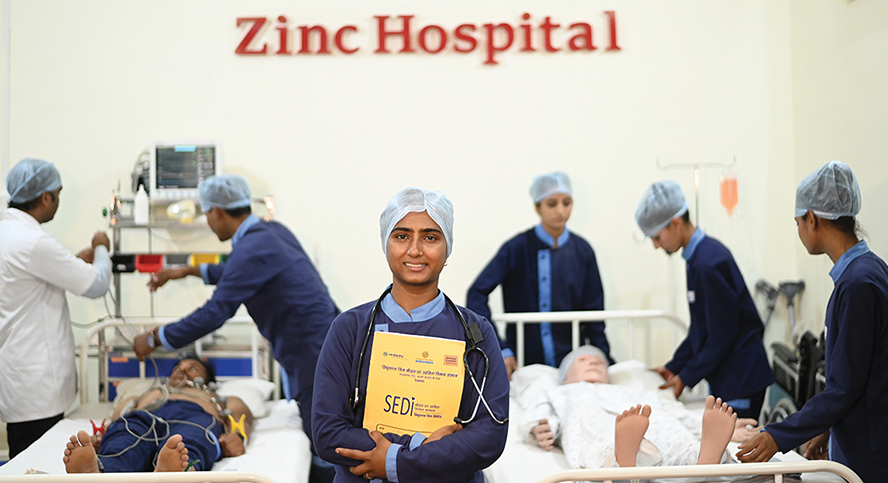

During the year, we commissioned the first made-in-India emergency escape route underground staircase at Rajpura Dariba Mine and an underground rescue station at Rampura Agucha Mine, which significantly improves response time in emergency cases.
India’s First Underground Ambulance & First Aid Station in Rampura Agucha Mine
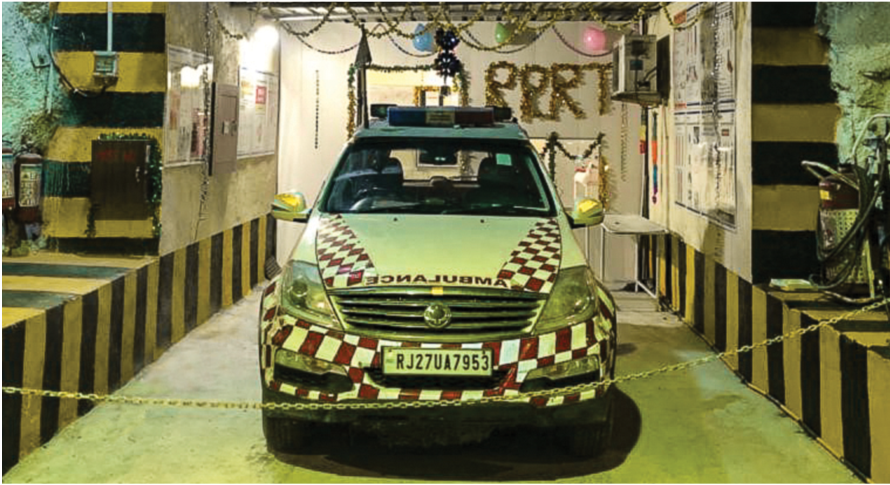

Twenty-two digitised safety modules in Hindi and English were launched for easy understanding of safety standard requirements. Additionally, we conduct trainings through virtual reality-based modules and simulator training. Hindustan Zinc has also deploying IoT solutions for the safety of its employees and equipment. Use of connected workforce solutions like safety wearables and tags assures proactive use of technolog to ensure employees safety and alert the management about any safety concerns to enable priority intervention for necessary support and rescue. Detect technology is another instance of IoT that uses artificial intelligence and video analytics from existing CCTV cameras to identify and capture unsafe conditions and unsafe acts. Timely reporting helps the line leadership to act promptly against unsafe observations and build round-the-clock assurance to prevent safety incidents. Through this technology, we have enabled an autonomous system for detection of safety violations during turnarounds through a network of cameras, supported by back-end data analytics and front-end real-time reporting.

Hindustan Zinc’s Rampura Agucha Mine launched a unique virtual reality-based simulator training for operators using its ground-mounted Koepe winder system, for hoisting heavy loads from deep shafts.
This simulator training for the first time in India, provides a smooth virtual walkthrough for operators and familiarises them with the winding system. It allows operators to practice in different scenarios and critical situations, thus serving to not only improve performance but also enhance safety and productivity.
To make mining safer and productive, simulators are used for training people for the operation of critical equipment like LPDT, LHD and jumbo drills. Training through simulators helps operators develop required skills and competencies. The simulated environment allows operators to test on specific equipment without using actual mobile equipment or exposing others to unnecessary hazards. We measure each operator’s reaction time against specific performance criteria, that helps us to assess training and development needs. The training programme begins with a pre-assessment of hand-eye co-ordination to determine each potential candidate’s capabilities. Once successful candidates have demonstrated the appropriate theoretical knowledge, they are trained on a simulator for the specific equipment they will be using and be licensed for. Next, candidates begin practice on actual equipment on-site, under the guidance of an experienced operator. Once they have had a successful assessment, they are licensed to operate the equipment.
During the year, 0.54 million man-hours of safety trainings were imparted to employees and contract employees.
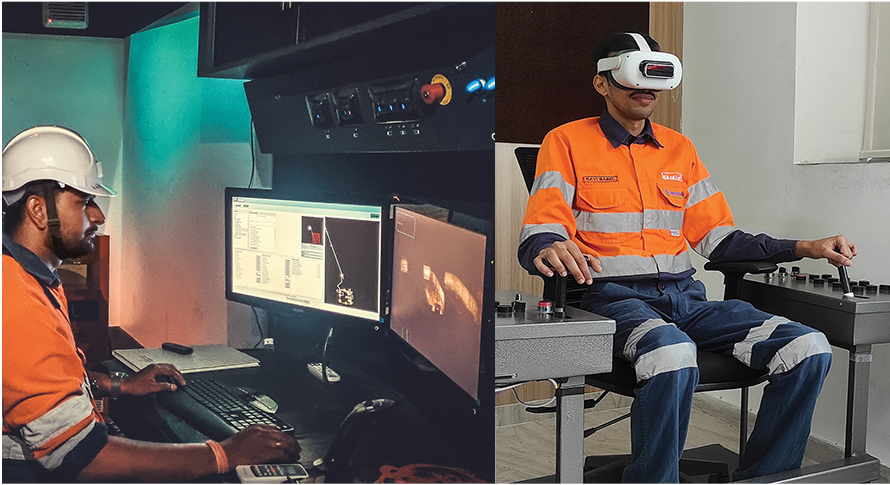
Providing a safe working environment to every employee is an imperative at Hindustan Zinc. Employees safety includes prevention of occupational diseases and facilitates a hygienic working environment. Promotion of a healthier lifestyle increases productivity, reduces absenteeism, and enhances retention. We involve hi-tech processes and conduct lifestyle management trainings while regularly monitoring and controlling exposure to hazardous substances.
The Company has established occupational health centres at all locations for regular health examination of both permanent and contract employees. Coordination with employees including patient registration, care and discharge is managed by a central health management system. Pre-employment medical check-up, periodic medical check-ups etc., are conducted by on-site medical professionals who monitor the occupational exposure limits.
There were no cases of occupational health illness reported during the year.
During the year, 24,625 medical examinations – both initial and periodical – were conducted.
The Company partnered with a globally recognised industrial hygiene service company, M/s International Safety Systems Inc. (ISS) to develop a sustainable industrial hygiene programme to reduce potential health risks by recognising, evaluating and controlling occupational health hazards and occupational exposures.
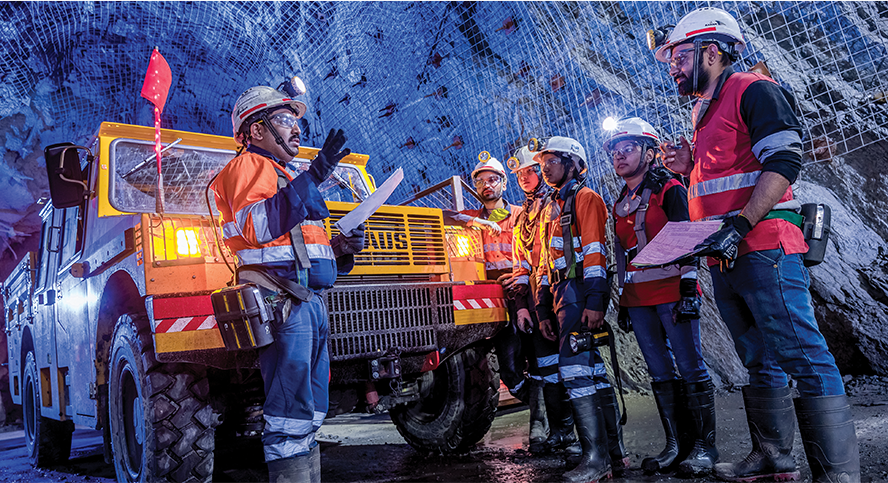
ISS conducted close to 900 qualitative exposure assessments across nine Hindustan Zinc sites. Exposure monitoring plans were developed based on these assessments
Hindustan Zinc is committed to take this journey to the next level and digitalise the entire process. The sustainable industrial hygiene programme being developed will go a long way to reduce potential health risks at Hindustan Zinc.